In a last attempt to try to connect with a deeper spirituality, I bought Ian Corrigan’s, “The Book of Nine Moons.” A month later, I found out he was going to be leading an on-line group discussion about the book. It seemed like perfect timing, as I felt a little group help might be in order. He was kind enough to allow me into his discussion group, even though I had yet to turn in my DP (this essay looked much different then, and trust me it wasn’t a happy tone). The program was based on a daily practice more intense than the one I was currently following, as well as full day intensive retreats once a month. The retreats helped to establish a stronger and much deeper daily practice, and served to make me feel even more home sick for a pantheon of Deities that I felt connected to. I did get a very good foundation of how to interact with the Nature Spirit through this program. I also felt myself pushed to find better ways to come to understand and to work with my ancestors. Even with these two legs of the three Kindreds becoming more intimate in my life, the Divine leg was still a struggle. I continued to feel that lack of connection to the Celtic Deities that were the focus of that program. There were moments in which I wondered what I was doing that was so wrong as to get silence back, but I do believe that my time of struggle helped me to make myself a little more visible for the Shining ones.
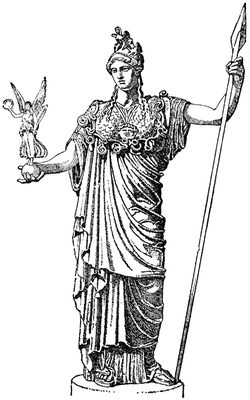
During this time in my life I was not only struggling with the Divine, but over how best to educate my children. The local public school system was beginning to show itself to not be the best fit for our children, but I was afraid of doing great harm in taking them out of that system to homeschool. I was praying and doing trance work to try and find an answer, and offering sacrifices of flame and incense. It was during this time of desperation and confusion that Athena approached me, and gave the best advice I could have ever asked for. She told me how to be mindful of where my children were on the path of growing into adults. She instructed me to just watch and listen. By following her advice I would see what would be best for both of them. I thanked her and when I woke up the next morning, I gave an offering of olive oil to her. That next night she came again while I was doing my trance work. Her words came like a drink of cold water after a long hard day of work in the middle of the summer sun.
“You are looking for a door. That door is me, and you are mine.”
It is so hard to explain the excitement I felt when I “heard” those words. I felt as if I had been swept up into the sky and couldn’t fall. Having her in my life seemed such a natural extension of who I am. I am surprised I didn’t feel a connection with her sooner. I immediately began to consider myself hers. Over the next few days others from the Hellenic pantheon began to step forward and make themselves known. I went from having a pitiful and depressing time in trying to connect, to a flood of acceptance from all of them. It was shortly after this that the way I viewed myself and my religion begin to change. This is also when I started the binge on every book or website I could find that was connected to the Greek Gods. In the process I found the wonderful, “Gods and heroes of the ancient world,” book series. This amazing series is written by various classics professors and researchers. Each book takes on an individual Deity and how they have been seen and worshiped in the past, and how they continue to influence our culture today. These books gave me a foundation from which to approach these beautiful beings as well as how best to honor them. I started, as I bet anyone reading this could guess, with, “Athena,” by Susan Deacy. Everyday since, one or more of the Hellenic deities has come into my thoughts, bringing new insight into them and my connection with them.
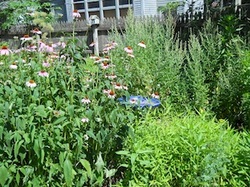
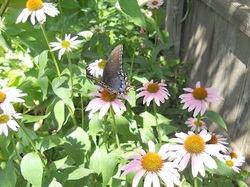
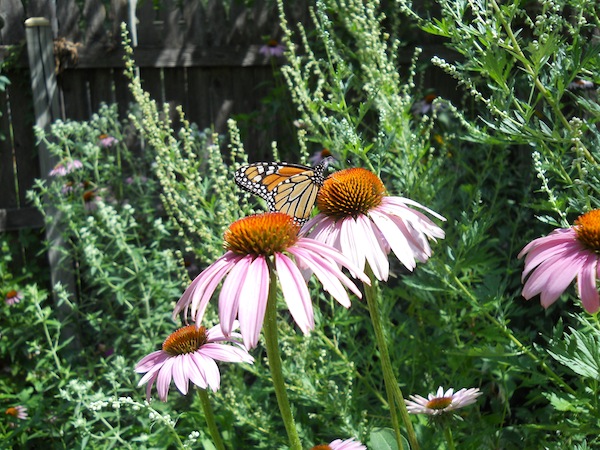
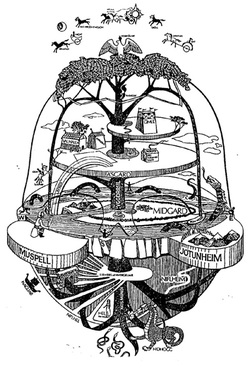
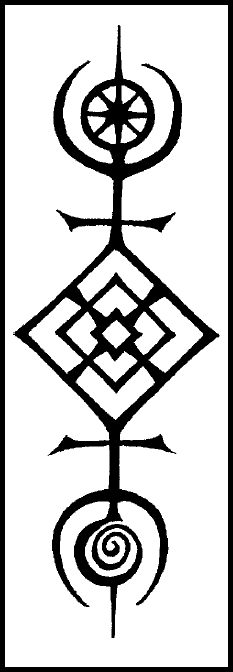
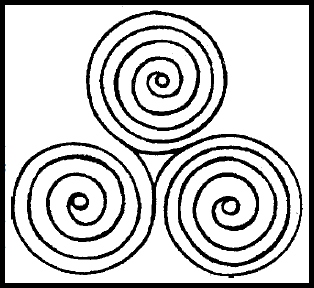
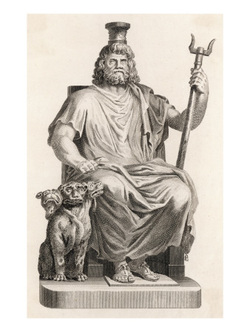
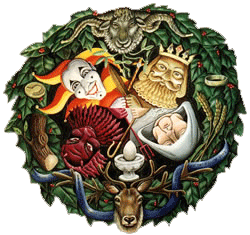

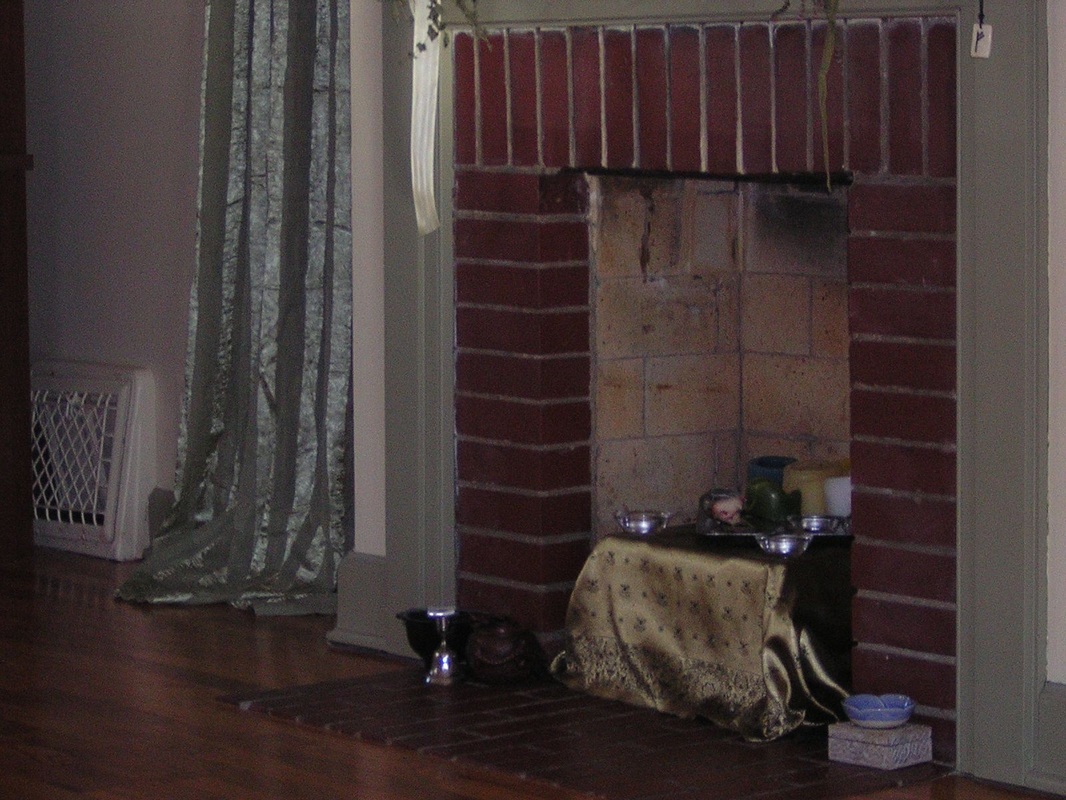

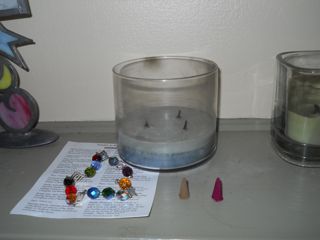
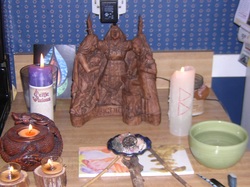
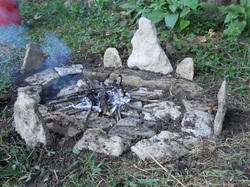
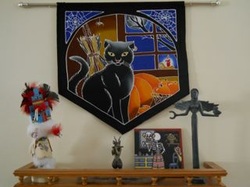
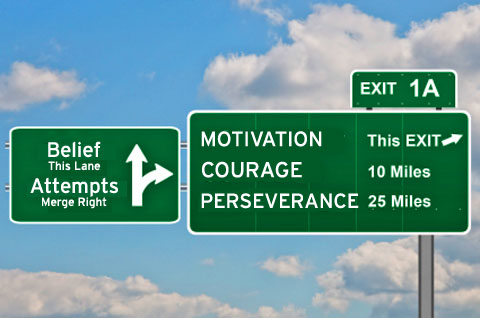

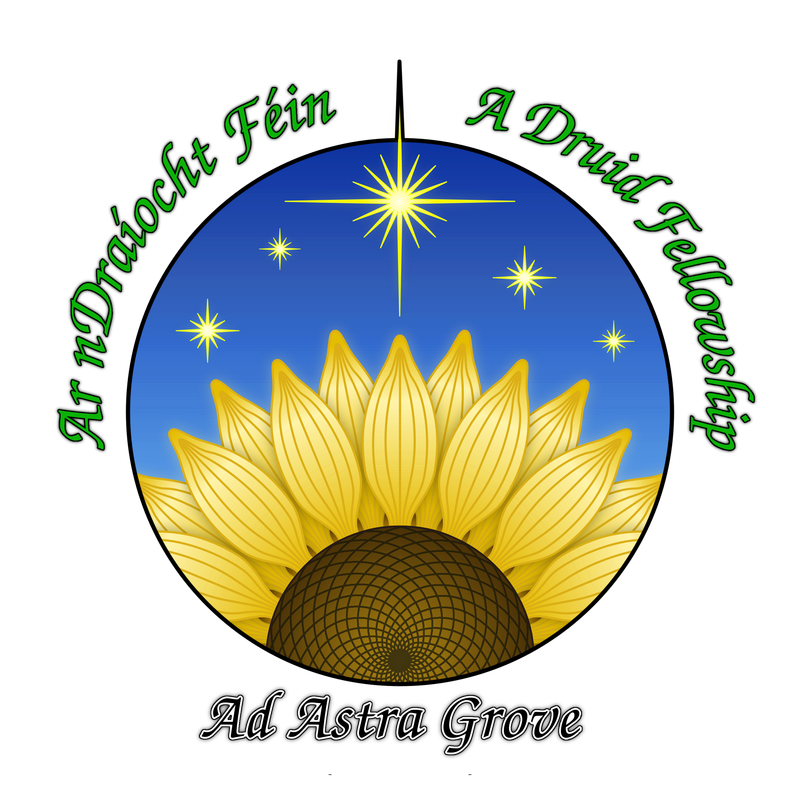
 RSS Feed
RSS Feed
